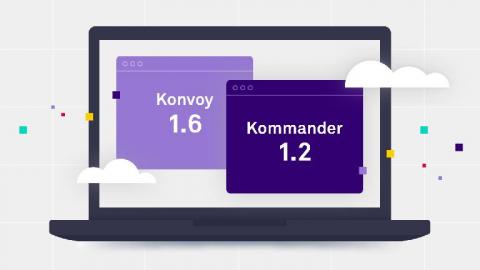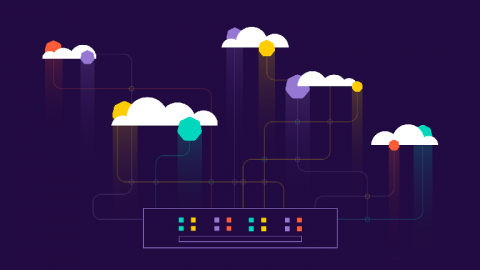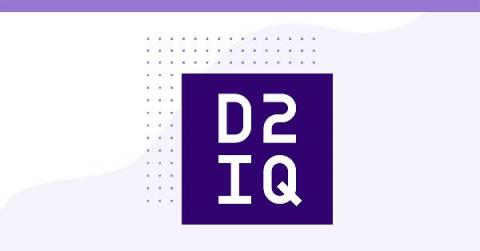Full Steam Ahead! D2iQ Konvoy 1.6 and D2iQ Kommander 1.2 are GA!
The latest versions of Konvoy and Kommander are now available, continuing the rapid progress and relentless innovation that has characterized the D2iQ Kubernetes Platform (DKP) from its inception. We are also updating our integrated GitOps capabilities, and streamlining their integration with DKP to improve both developer and operator experiences and remove friction from the development and deployment pipelines.











